Physicists have developed a thin nanomaterial with superconducting properties. Below -200°C these materials conduct electricity without loss, levitate magnets and can screen magnetic fields.
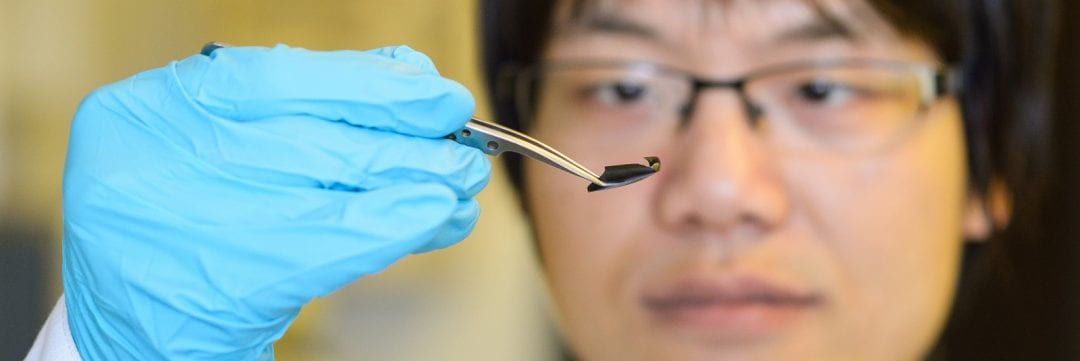

Physicists have developed a thin nanomaterial with superconducting properties. Below -200°C these materials conduct electricity without loss, levitate magnets and can screen magnetic fields.

This month’s top Advanced Healthcare Materials papers.
Scientists at LMU Munich and FSU Jena have developed organic semiconductor nanosheets, which can easily be removed from a growth substrate and placed on other substrates.
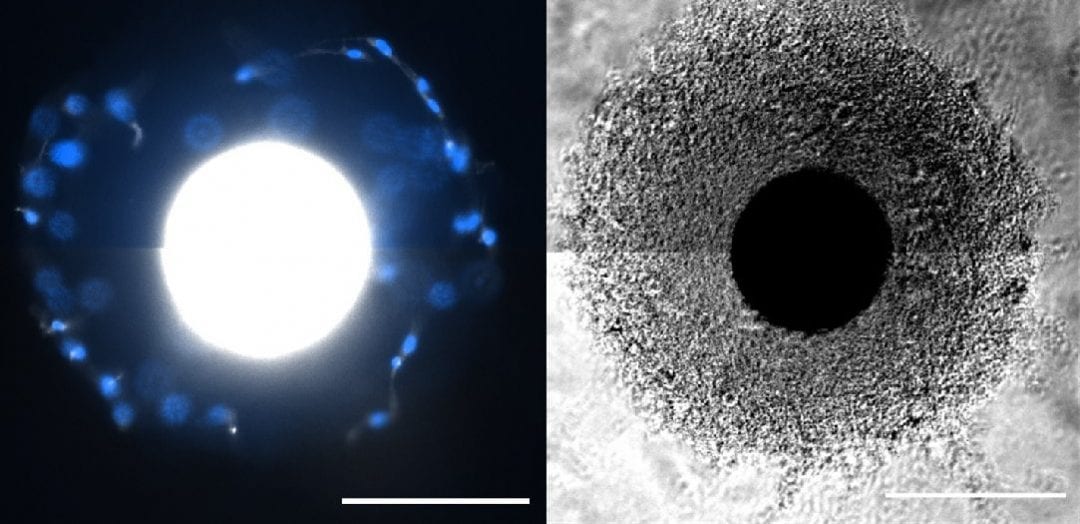
A hydrogel coating platform for microcarriers based on interfacial polymerization enables scalable production of mesenchymal stem cells.

Various views on the same cell are discussed in a recent Special Issue on Monocytes and Marcophages.
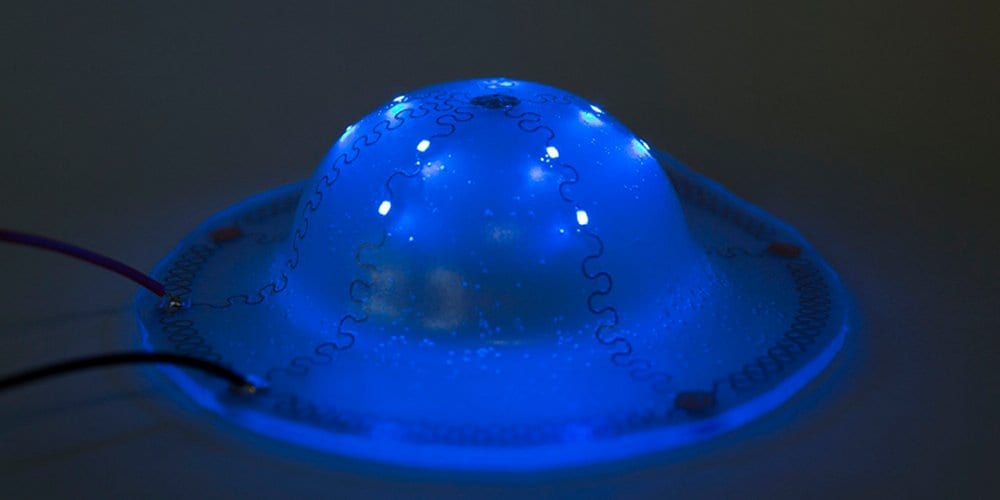
Several devices using flexible circuit boards were created to demonstrate the possibilities of this technology, showing the ability to create thermoplastic electronic devices.
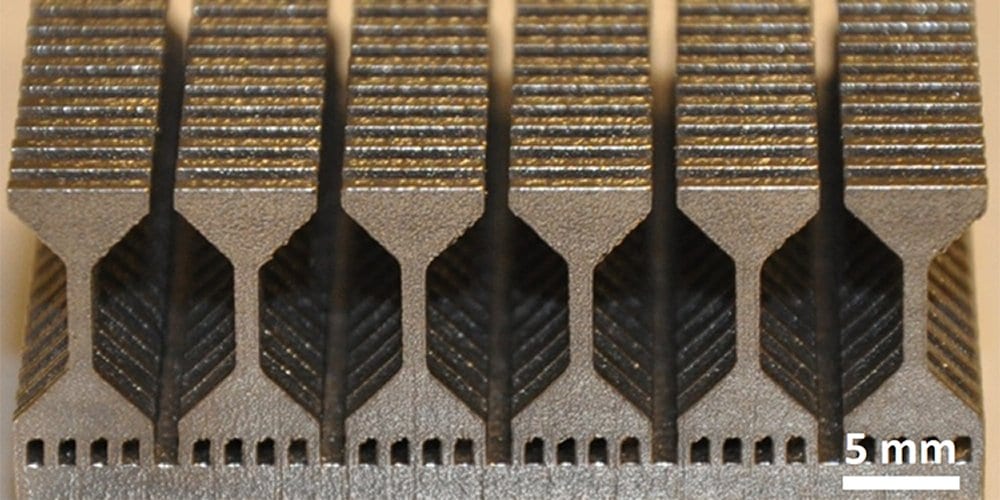
A high-throughput tensile testing technique has been implemented, which utilizes high-resolution cameras to track the deformation during testing.

Perovskite solar cells made on flexible plastic substrates are a crucial development, but how to deposit the electron collecting layer?
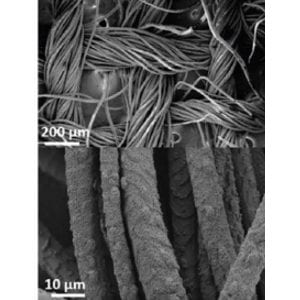
Researchers develop a vapor-coating technique to produce wearable electronic devices from conducting-polymer-coated off-the-shelf, plain-woven fabrics.
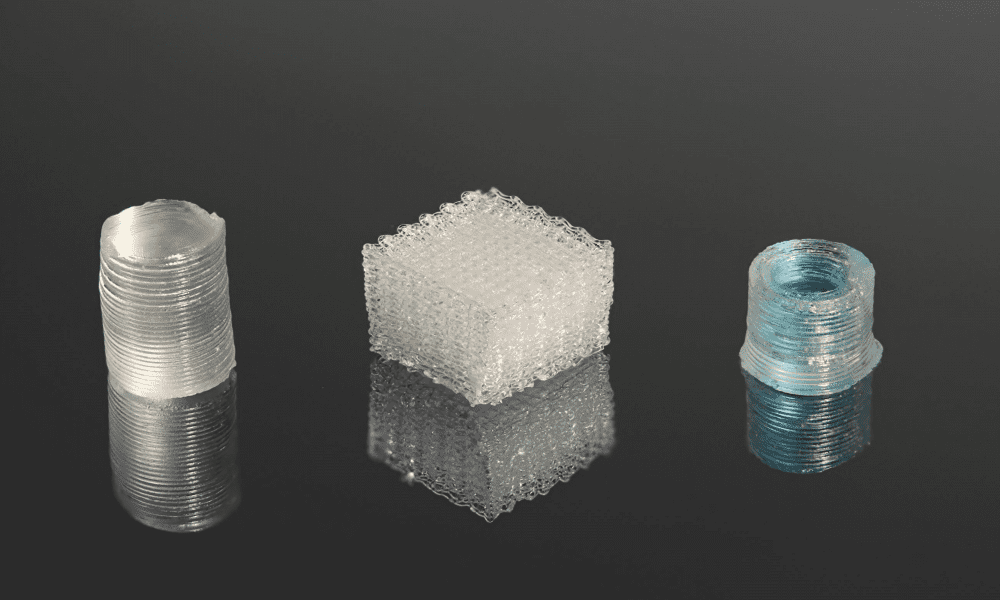
3D-printed transparent glass is prepared using a two-step method that shows promise for the creation of glass optics as well as intricate glass structures.